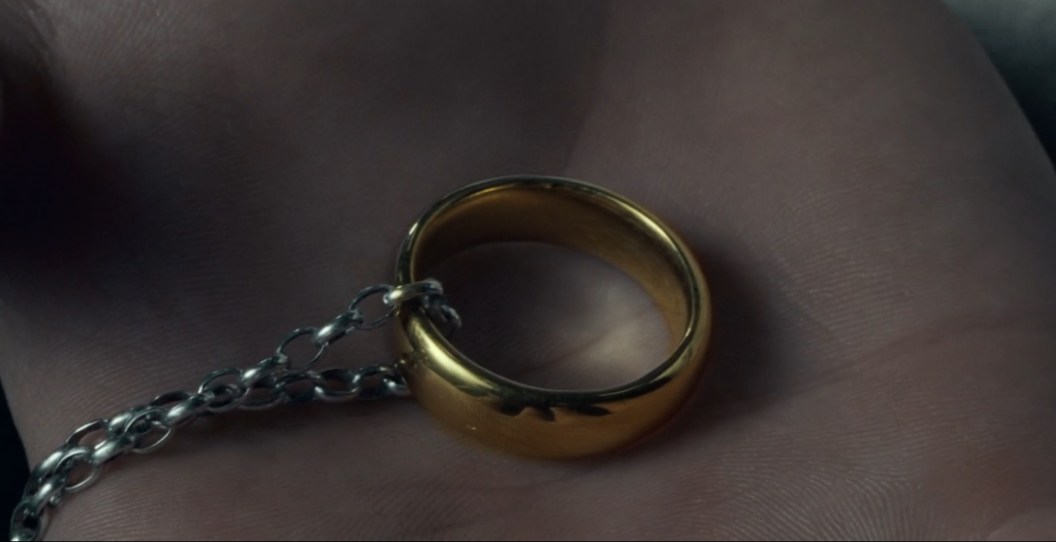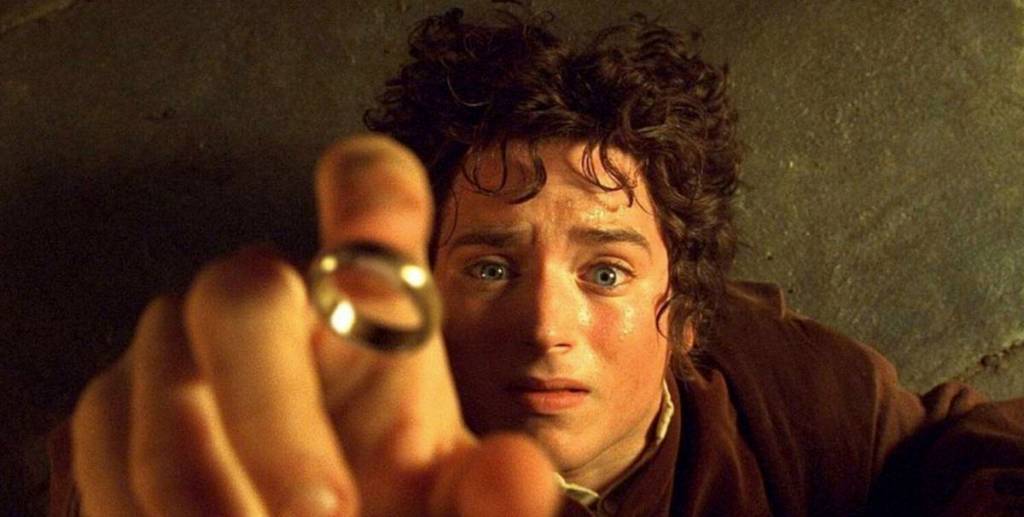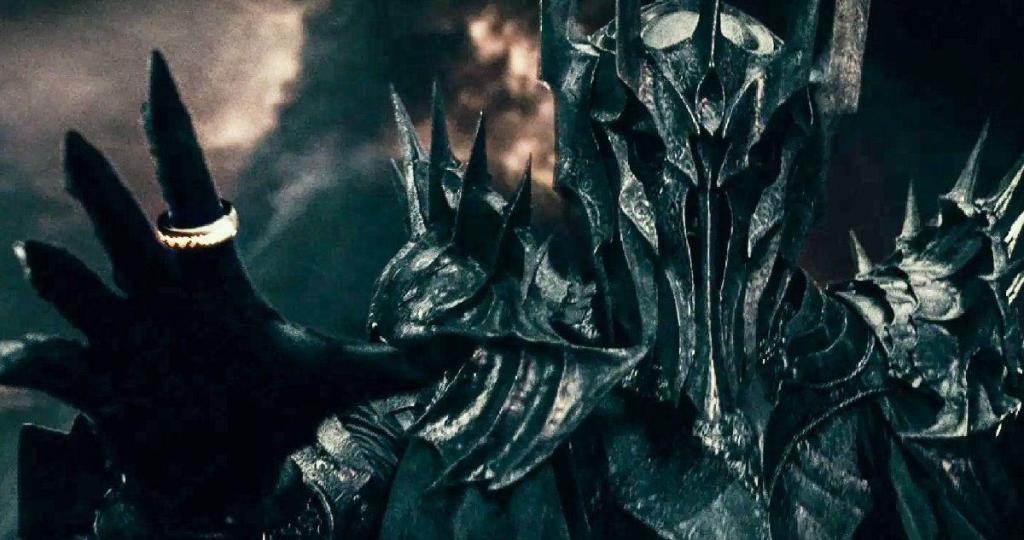
The Lord of the Rings is an epic saga that revolves entirely around the One Ring, yet we learn very little about its full powers and capabilities. The movies tell us that the ring was created by Sauron in order to control the other rings of power possessed by humans, elves and dwarves, but it’s unclear what kind of capabilities the rings give their wearers. All this is further complicated by the relatively simple powers the ring gives to Bilbo and Frodo Baggins, who carry it for most of the story. If you’ve been wondering what exactly is up with this iconic prop, read on.
The One Ring was introduced in The Hobbit, Biblo Baggins won it in a game of riddles against the cave-dwelling creature Gollum. There it was little more than a magical trinket that would come in handy later when he had to be the “burglar” sneaking into the lair of the dragon Smaug. It was only years later that J.R.R. Tolkien decided to make the ring more significant in his three-part sequel, The Lord of Rings. This involved what we would now call retcons, even necessitating the publication of a new edition of The Hobbit.
The Ring on Hobbits

Practically speaking, the ring allows Bilbo to turn invisible. Years later, we learn that it also helped extend his life and vitality, though there’s no guarantee it would do the same for anyone else. The ring also allows Frodo to turn invisible, and the book mentioned that Frodo’s vision was enhanced while wearing it as well. Likewise, Samwise Gamgee felt his senses were enhanced — in his case, hearing — but he held the ring in Mordor, where he felt that it drew attention to him rather than making him invisible.
[RELATED: 23 Years Later, The Lord of the Rings Fans Still Have an Unanswered Question About Helm’s Deep]
In general, any mortal who wears the ring will have enhanced senses and an extended lifespan, and any of their natural gifts will be enhanced. This comes at a terrible cost, however — the Ring-bearer will be corrupted by Sauron’s influence, and will be subtly compelled to follow the ring’s will by returning it to Sauron. Thankfully, Hobbits are naturally resilient to this kind of corruption, which is why Gandalf chose to leave the ring with Frodo, and ultimately tasked Frodo with delivering it to Mount Doom.
Gandalf himself doesn’t believe he could resist the corruption, let alone another mortal. Simply put, there is no safe way for a human, dwarf, elf, or any other mortal to wear the ring and use its power; they would inevitably be corrupted by Sauron. The difference is that Hobbits begin from such a humble station in the world that they can’t really fathom the kind of power the ring tries to tempt them with. This allowed Bilbo to hold onto the ring for decades, and allowed Frodo to carry it to Mount Doom — though they were both severely hurt in the process.
The Ring on Sauron

Sauron created the One Ring for the express purpose of controlling the other rings of power, but he was not as successful as he had hoped. He turned the nine kings of men into ringwraiths, but the three elven ring-bearers hid their rings away before they could be corrupted. The seven dwarven rings were scattered over the years, but three were supposedly in the possession of a dwarf king at the time of Frodo’s quest. He was not corrupted.
The ring also allowed Sauron to maintain a physical form after his “fair body” was destroyed in the fall of Númenor. He can’t take physical form without the ring, which is one of the main reasons he is seeking it in the main series. By that point, much of Sauron’s power was concentrated in the Ring, so he needed it to return to full strength in general.
The Ring on Others

More powerful magical beings also refuse to touch the Ring, knowing they will be corrupted by it. Gandalf turns it down, and Galadriel sees resisting the temptation as the final test of her mortal life. However, there is one magical being in this universe that confounds fans by casually resisting the Ring’s corruption — Tom Bombadil. This strange forest protector was left out of the film adaptations to avoid confusion.
Soft Magic
To sum up, the powers of the One Ring are explored in the story, but their limits and scope are never firmly established. This is what writers describe as a “soft magic system” — keeping the fantastical elements of a series flexible to allow for future storytelling. The other option is a “hard magic system” — something like elemental powers in Avatar The Last Airbender, or the power systems created by author Brandon Sanderson. In discussions of these two writing approaches, Tolkien’s writing is often held up as the gold standard of “soft magic.”
The Lord of the Rings trilogy is streaming now on Max, along with The Hobbit trilogy. Tolkien’s books are available now in print, digital and audiobook formats. You can find a bit more insight into the ring’s history and use in the appendices, or in The Silmarillion.
The post Lord of the Rings: What Does the One Ring Actually Do? appeared first on ComicBook.com.

